For those of you who have flown to the island in recent weeks, you may have notices what looked like an oil slick in the water. But rather than it being a darker color with an oily shine, it’s a lighter brownish color. What you’re seeing from the air is sargassum, and it’s been popping up in some of our bays over the past month or so.
Sargassum is a genus of large brown seaweed (a type of algae) that floats in island-like masses, according to the National Oceanic and Atmospheric Association (NOAA). While it may be unsightly when found on the beach, it’s actually a very important part of our ecosystem.
This floating habitat provides food, refuge, and breeding grounds for an array of critters such as fishes, sea turtles, marine birds, crabs, shrimp, and more, according to the NOAA. Some animals, like the Sargassum fish live their whole lives only in this habitat. Sargassum serves as a primary nursery area for a variety of commercially important fishes such as mahi mahi, for example.
I first saw the sargassum come into the Territory about a month or so back. Over the last couple days, I have seen large amounts of it congregating in several places around the island including Privateer Bay, Drunk Bay, Hart Bay and Mary Creek among other places. Caribbean Buzz took the following picture from their helicopter the other day:
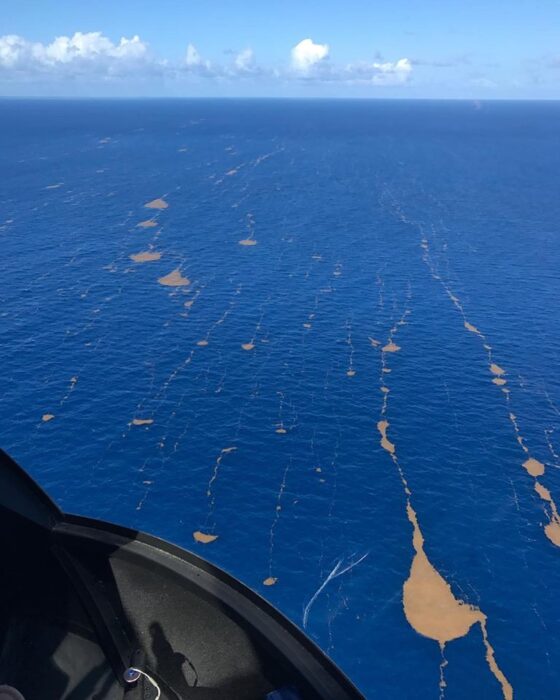
This isn’t the first time we’ve seen sargassum in the area. We had some last July, but the most notable boom was in December 2014 when many of our beaches were covered with the organism.
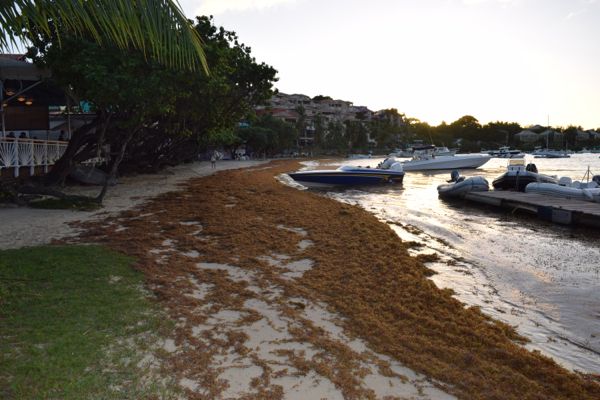
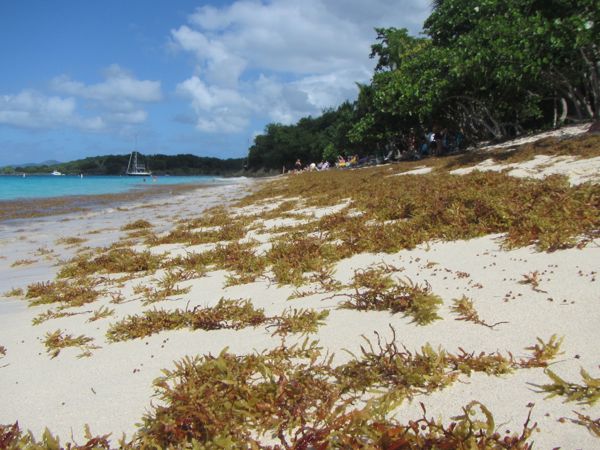
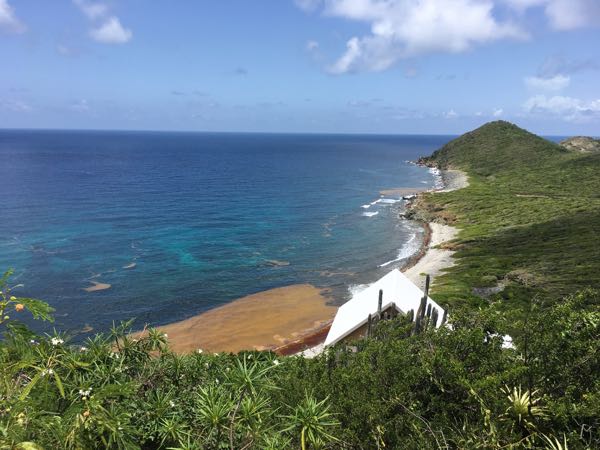
Sargassum is not harmful, although it can get quite stinky when it dries on the beach.
Well folks, that’s all we have for you today. Have a great one everyone!



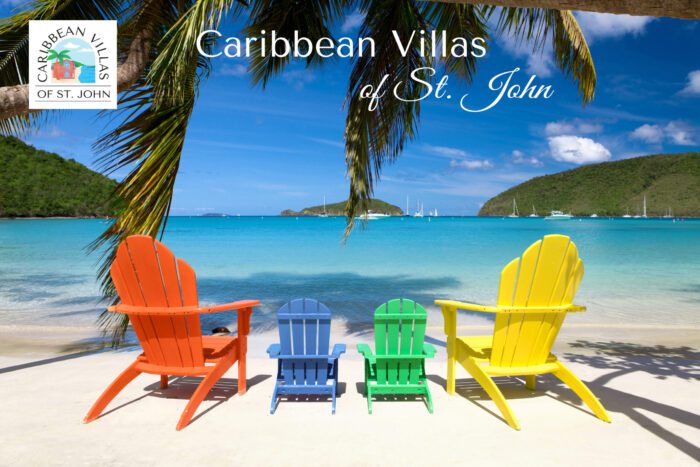
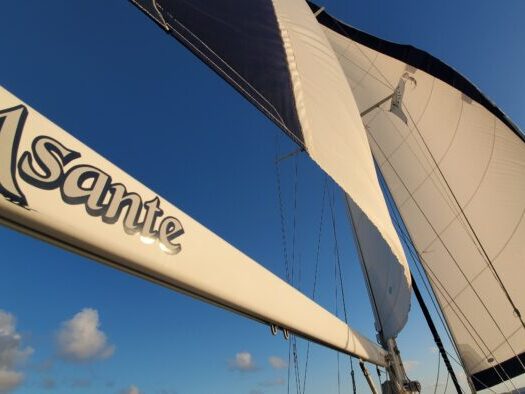
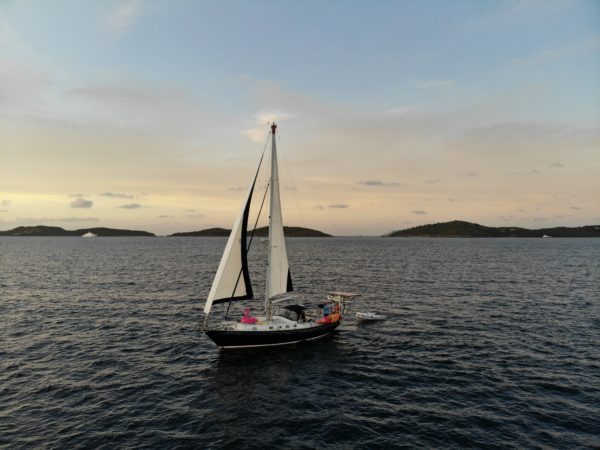

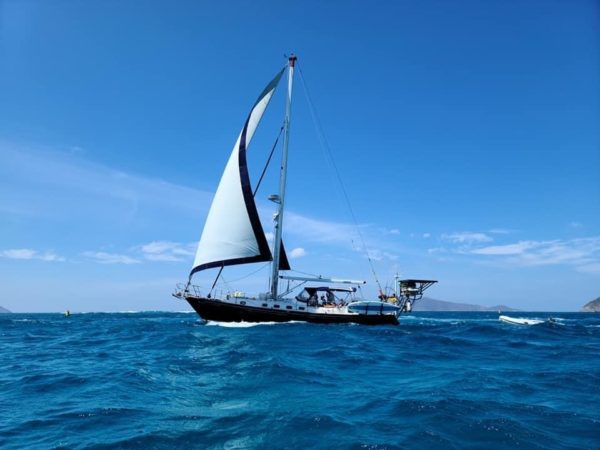
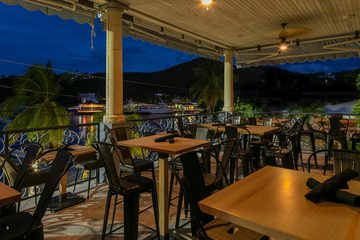
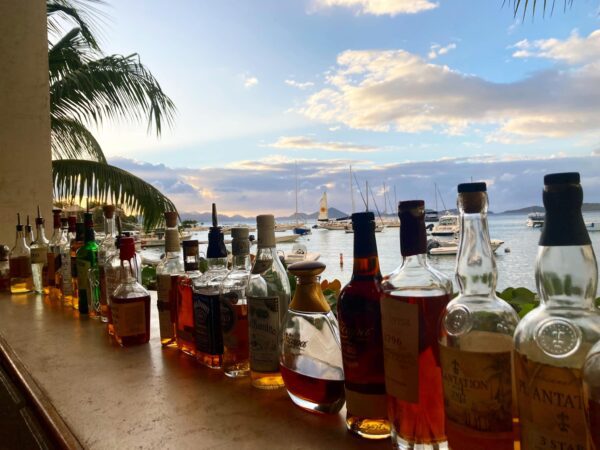
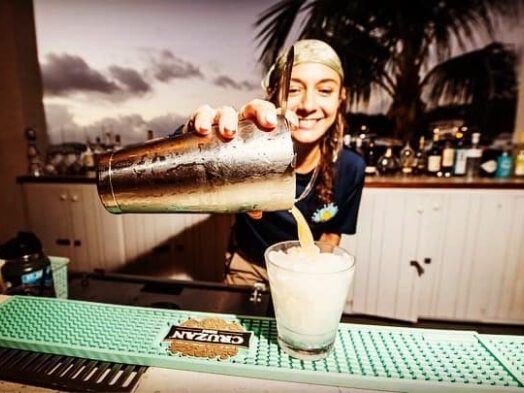
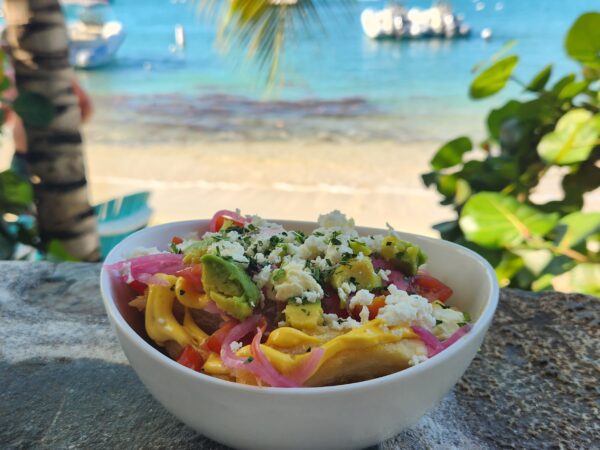
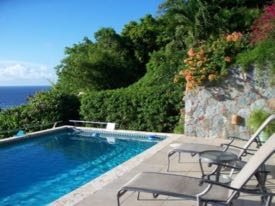
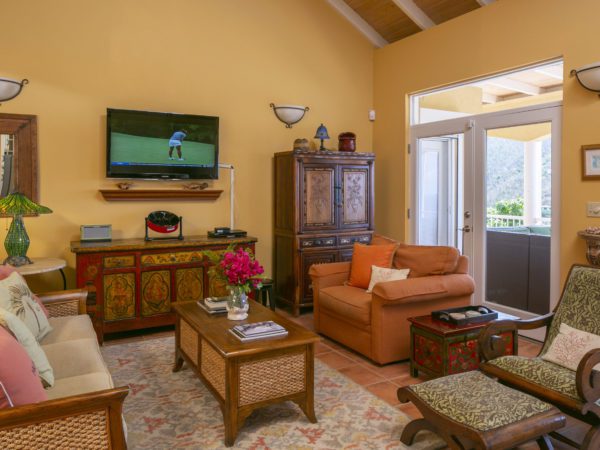
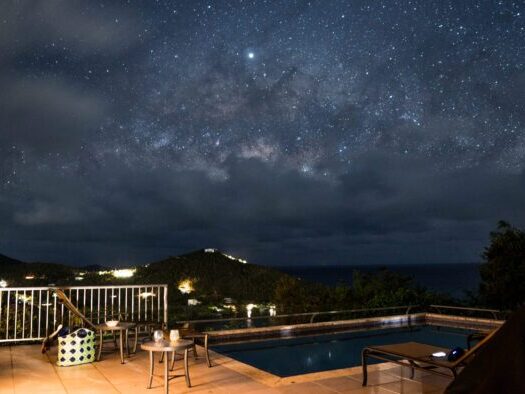
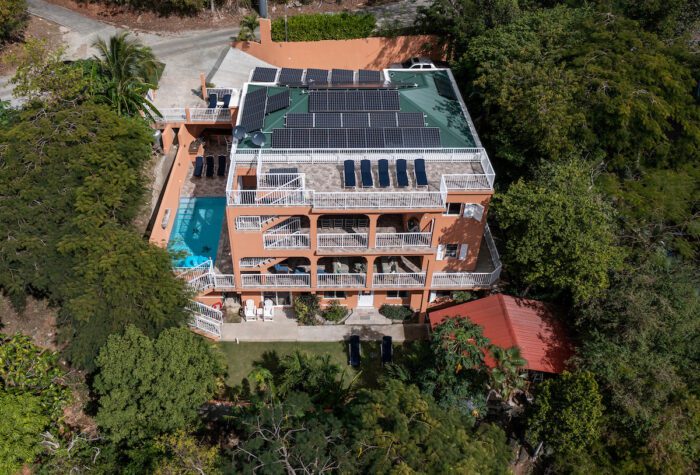
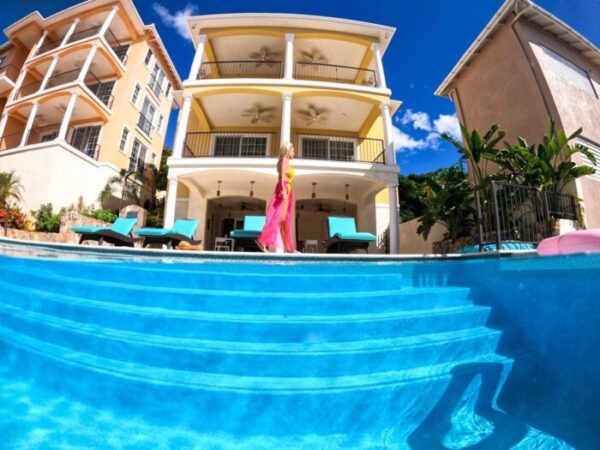
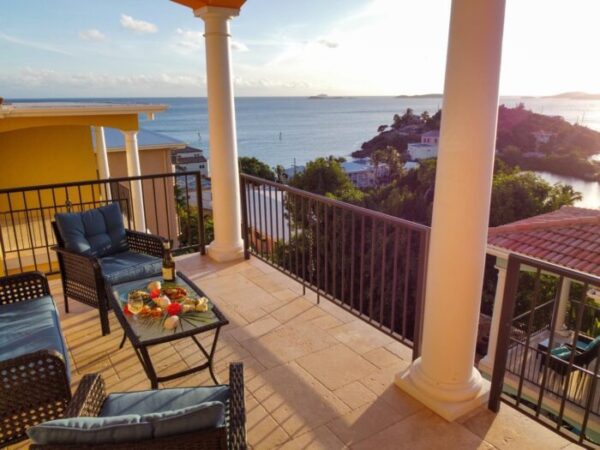

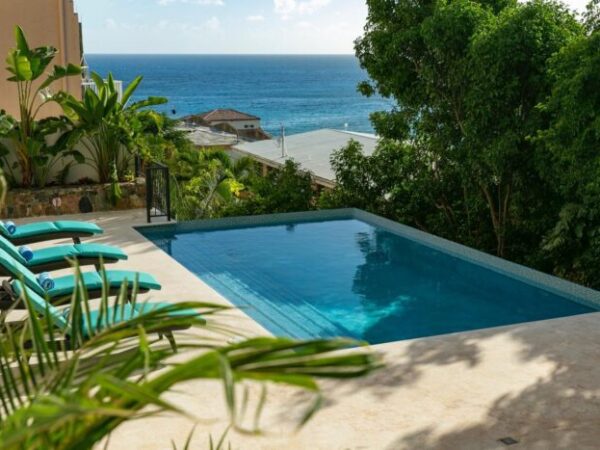


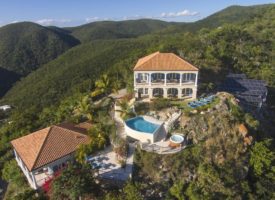
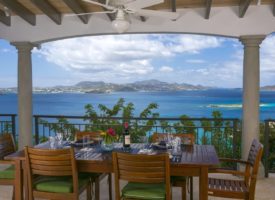
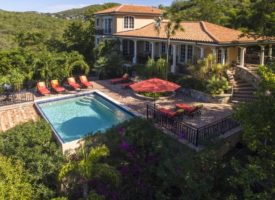
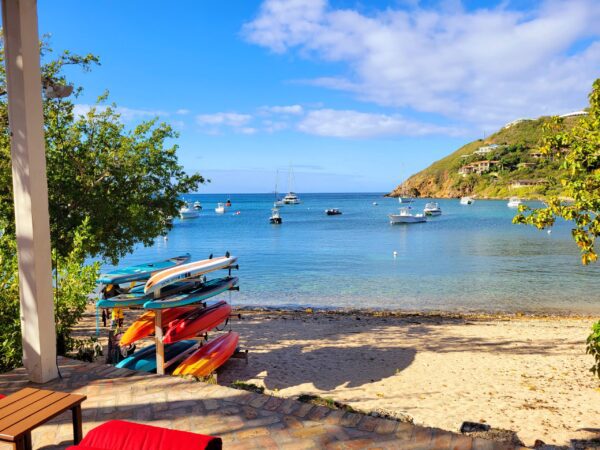
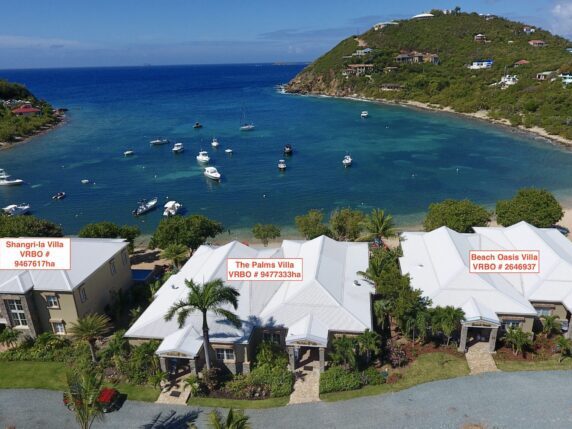
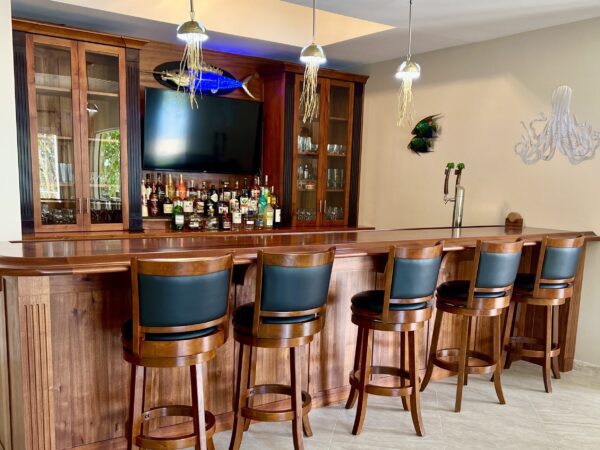
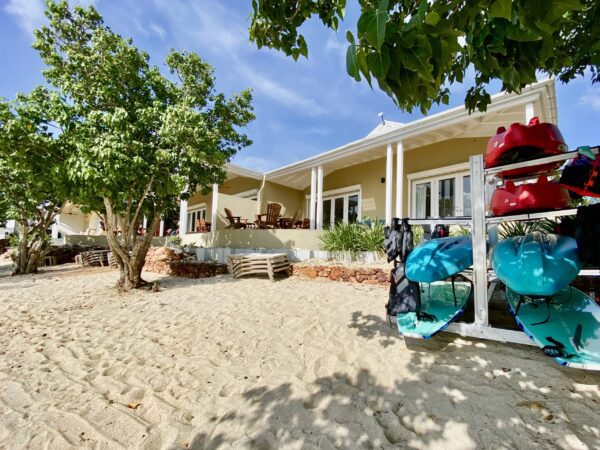
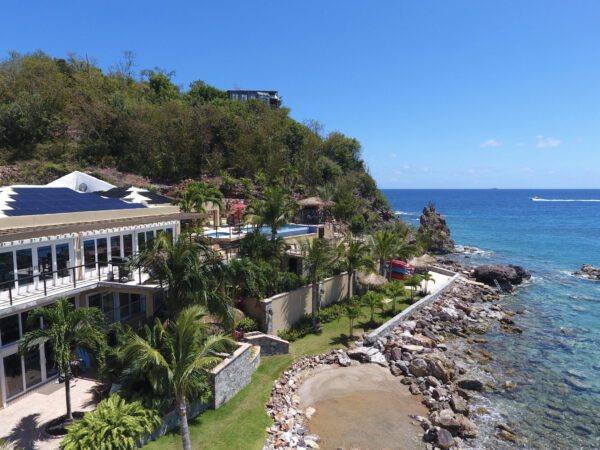
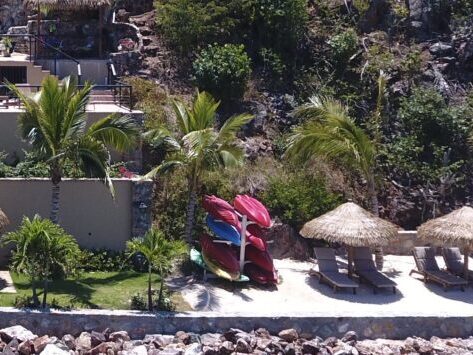
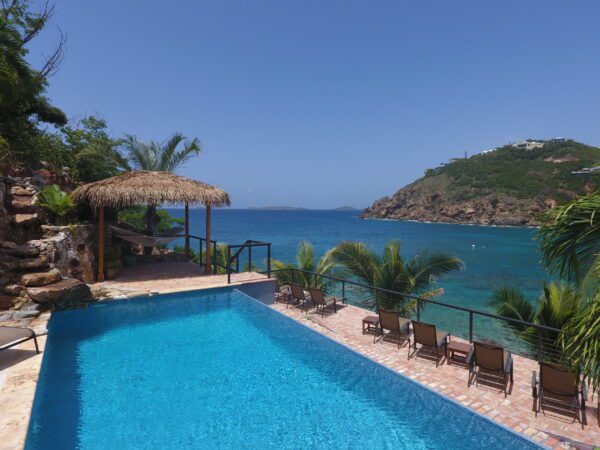

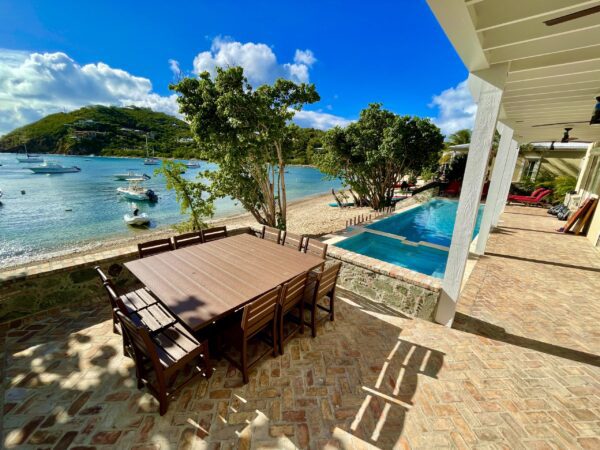




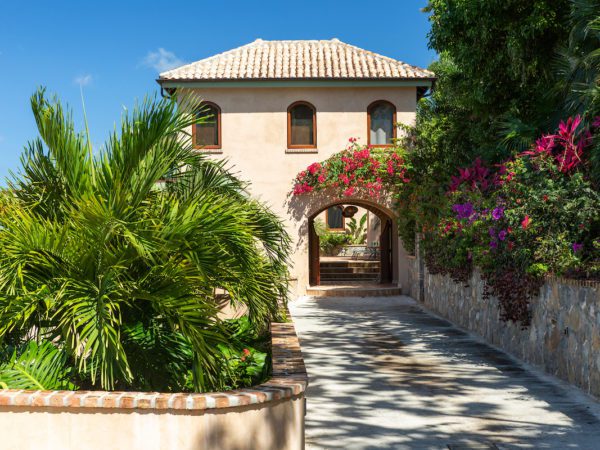
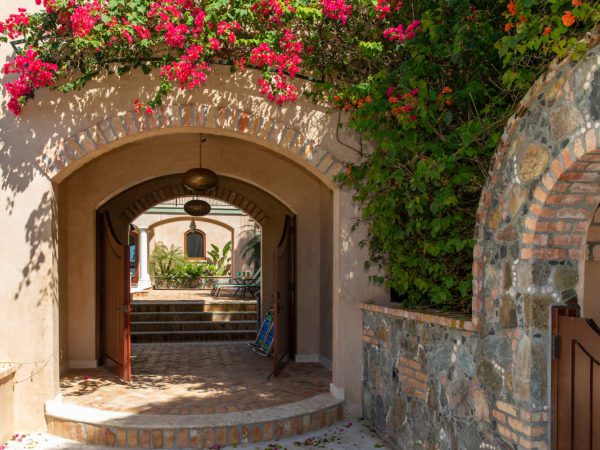
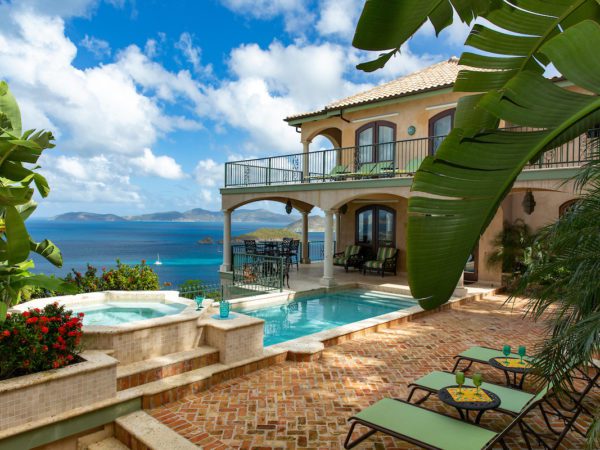
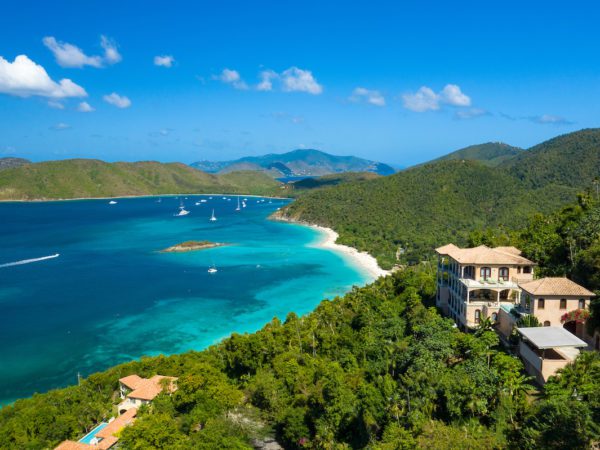
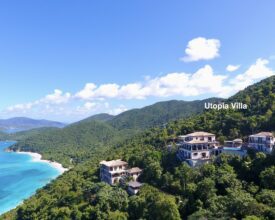
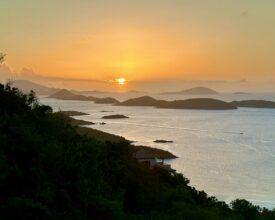
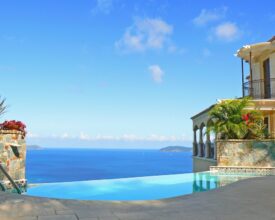




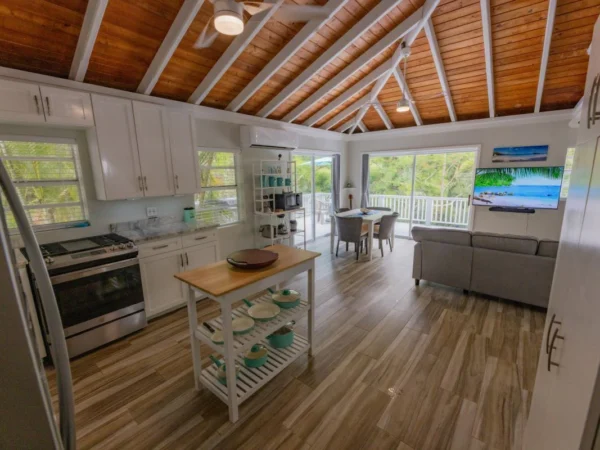



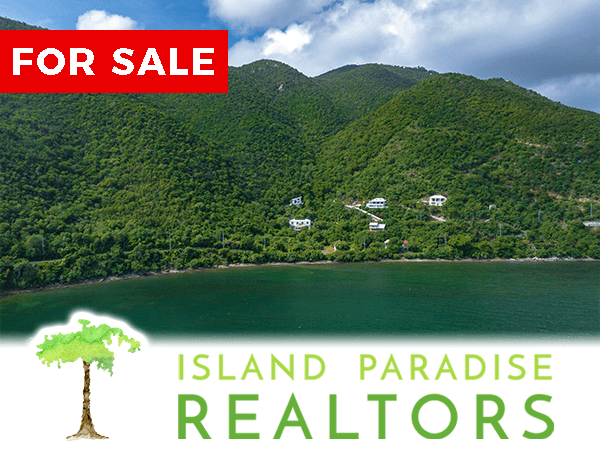




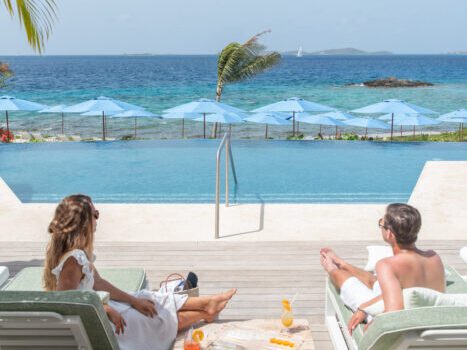
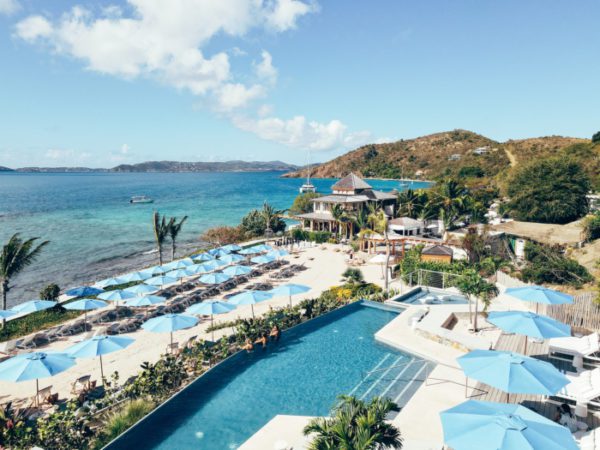

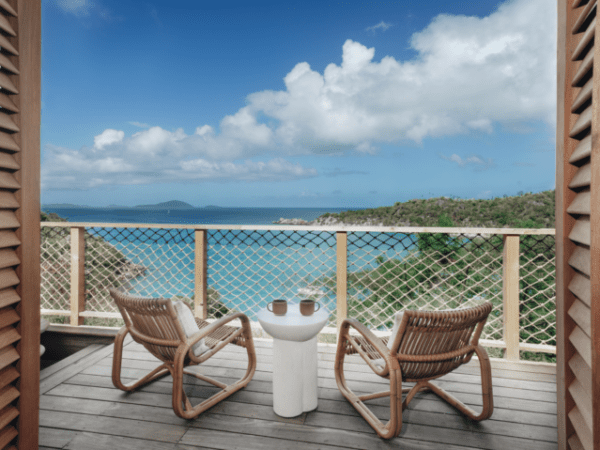
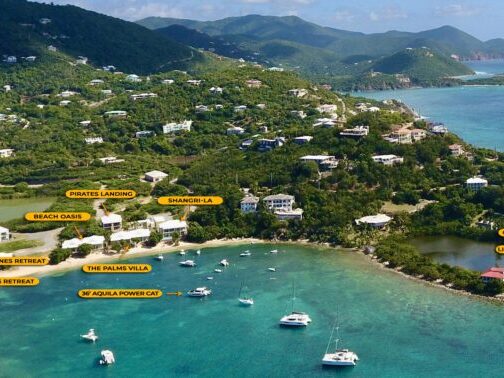
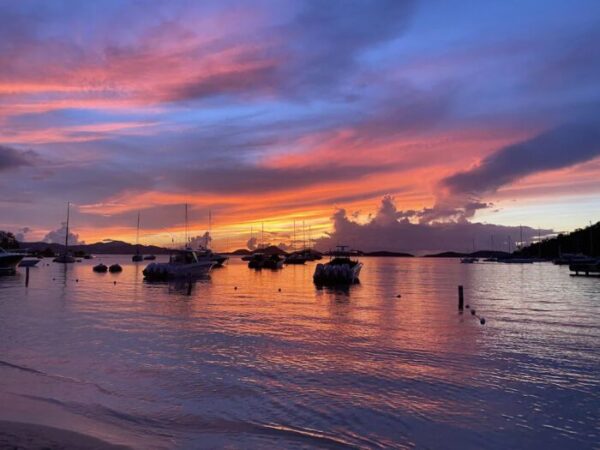
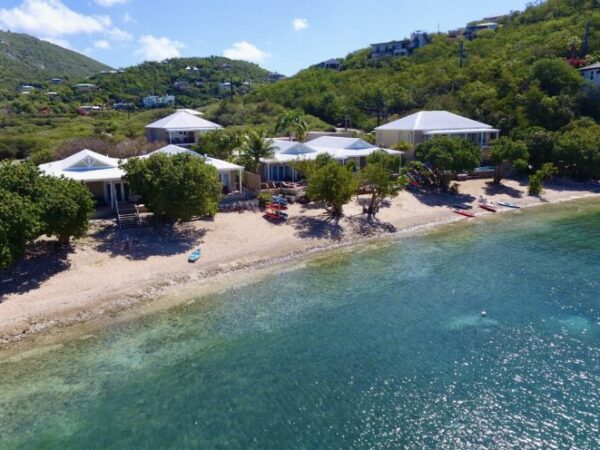
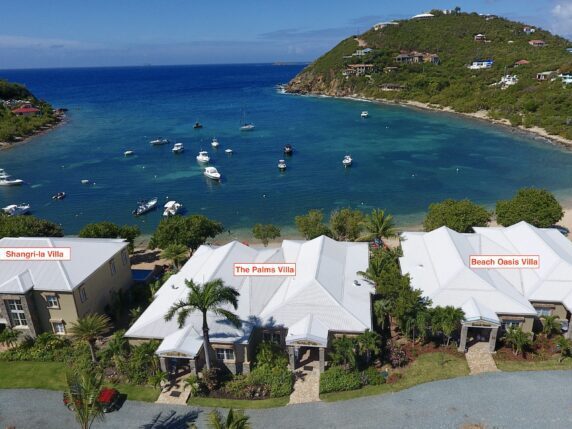


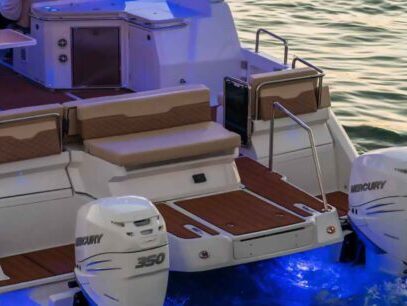
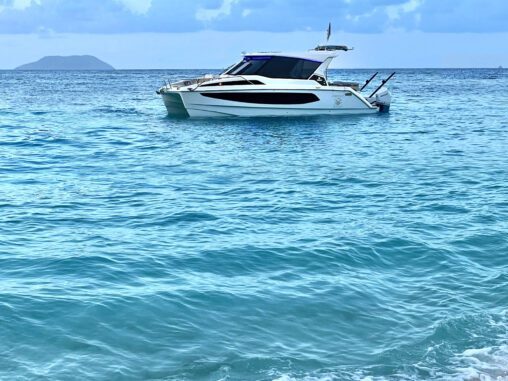


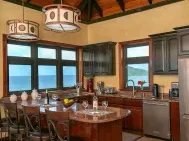
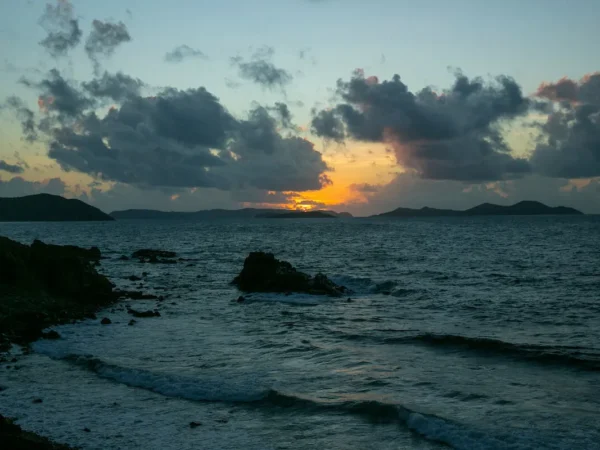

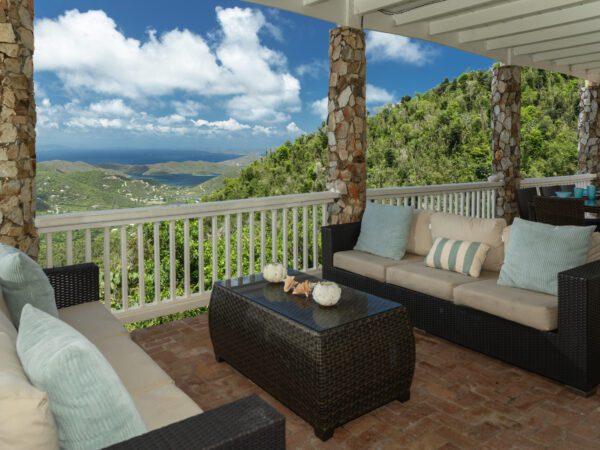
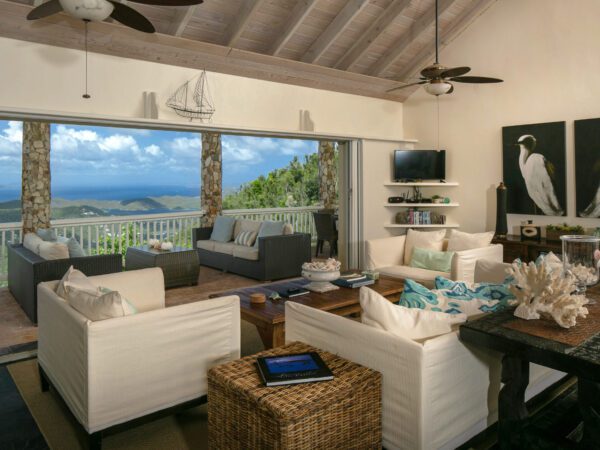
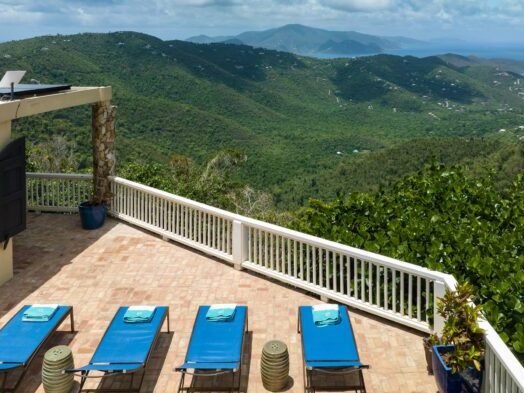
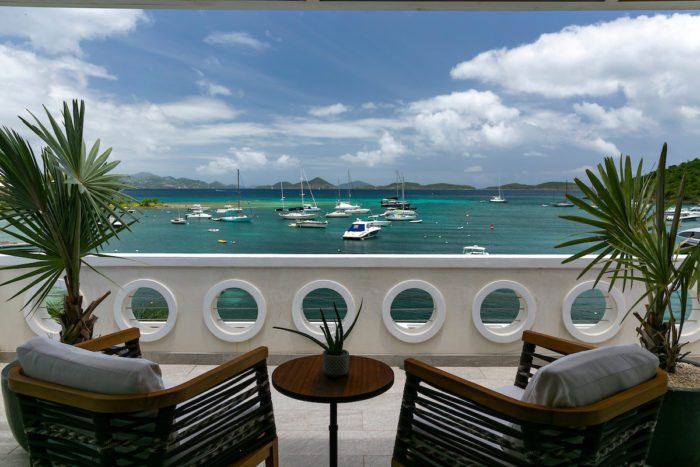

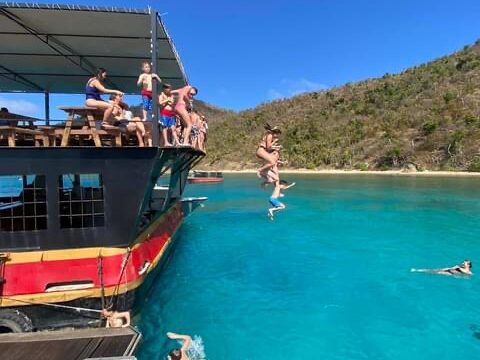

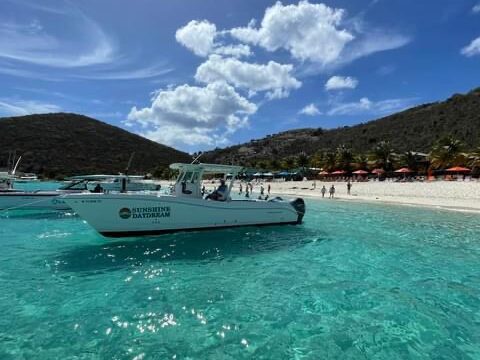
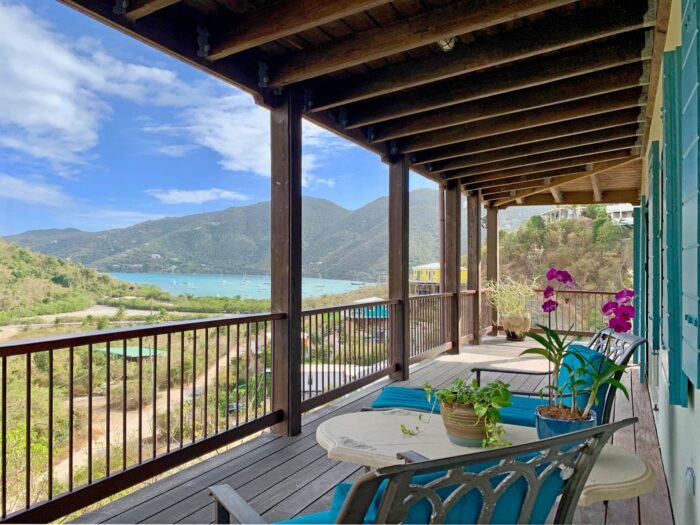
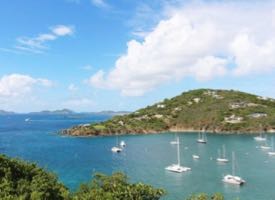
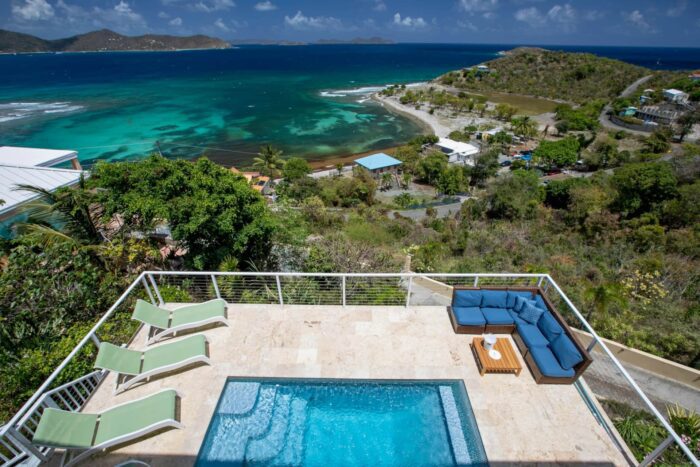


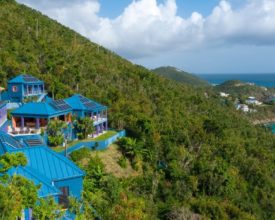
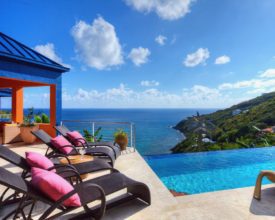

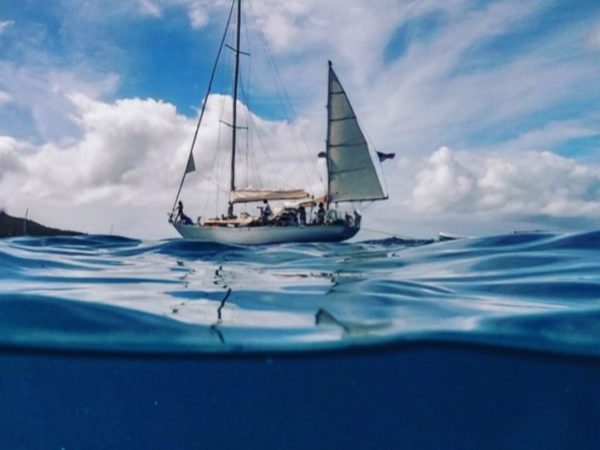
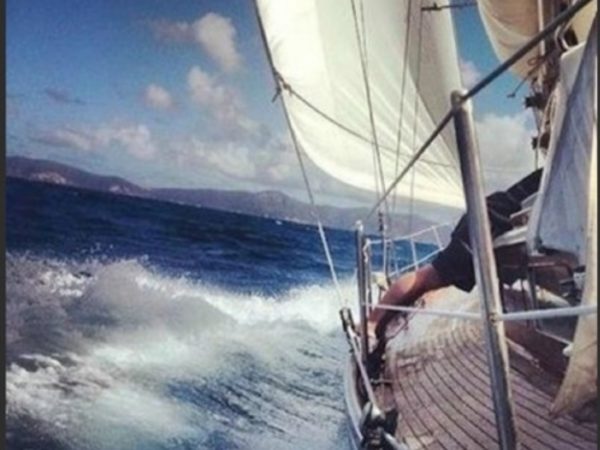

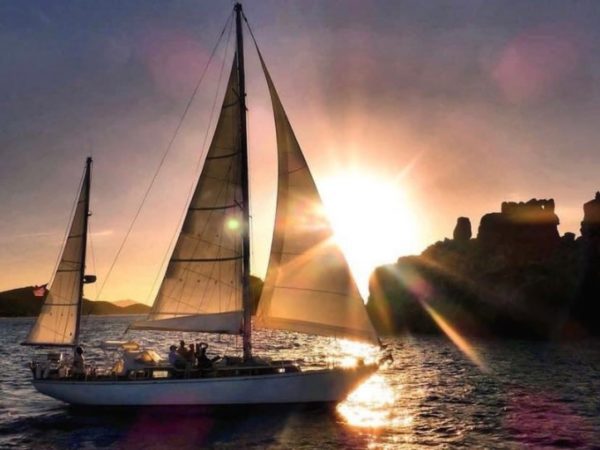
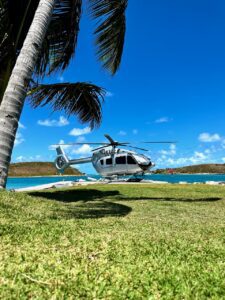


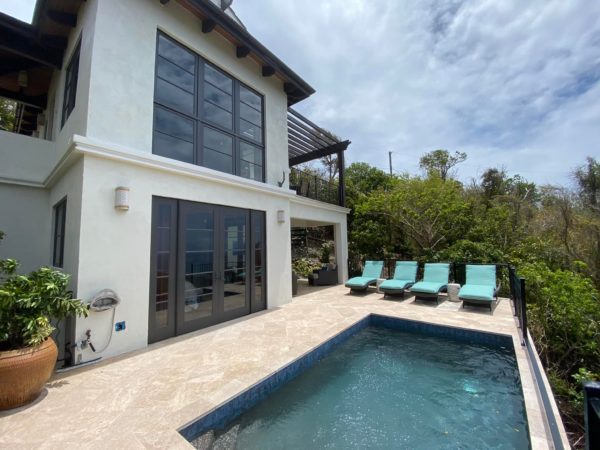
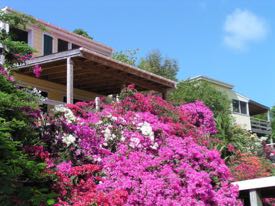

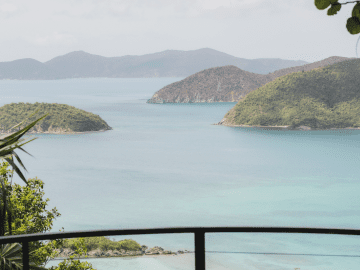

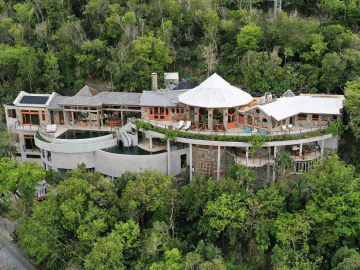


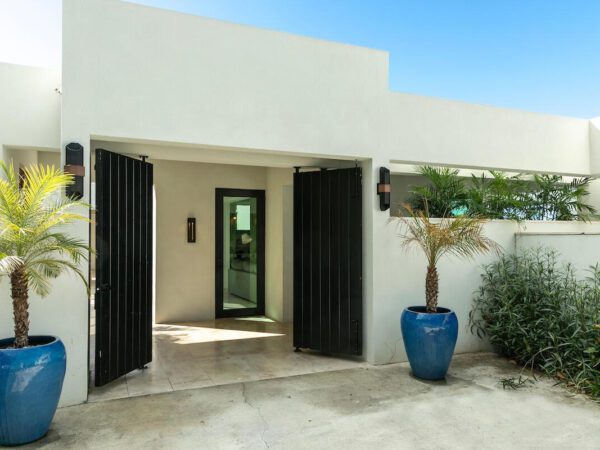
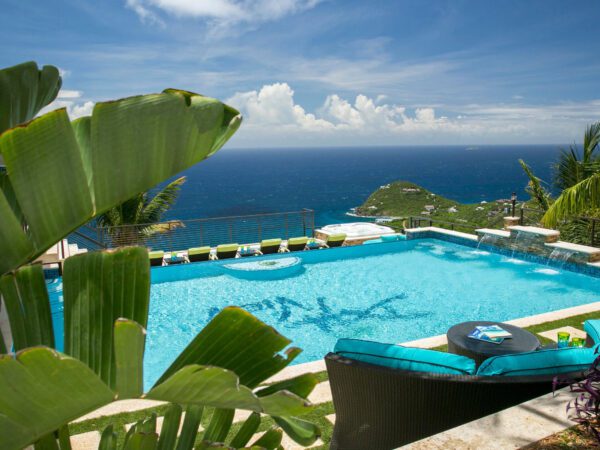
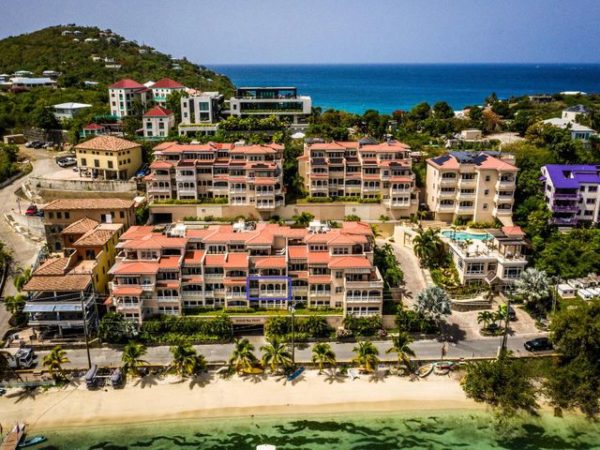


Great info, thanks Jen. I’ve seen this in the middle of the ocean from a cruise ship and thought it was the worst kind of pollution. Glad to know it’s not! It’s actually a good thing.
Just back from the Yucatan and it is awful there! Was told it is in fact coming from the small amounts that break off from the Sargasso Sea and then hit severe run-off from primarily coconut plantations in Brasil. The warmer sea combined with the fertilizer is a perfect storm. Really a shame and it is seriously putting tourism at risk in certain places. This is a problem that will likely get worse before it gets better. That’s why we need real since in government not fake news. Vote in November (you can delete that if you want) 🙂
The seaweed is blowing in from the East as shown in the photo from the air. Brazil has nothing to do with it as it is hardly East of St. John.Trying to link it to the November election is deranged and not appropriate for this site.
not getting involved in you guys tiff but Brasíl is Southeast of St. John. Also, with ocean currents the Sargassum typically originates from the Sargasso Sea but in 2015 the big bloom in the Caribbean came from the coast of Brasíl which is still East of STJ
Jeering, Look at a map. Brazil is located west from St.John and all of the other USVI islands in the Caribbean Sea.
Or you can also state that St.John is east from Brazil
As you know, here in the Caribbean, we have been suffering from the arrival of the Sargassum algae sine 2011. Apparently it is not coming from the Sargasso sea but rather from Brazil. It does not choke sea life but once it begins to build up on the shoreline it becomes tragic for baby sea turtle hatchlings, their journey into the open sea is being hampered by the collected sargassum and some are not making it. Once this becomes a major issue we would need to mobilize folks to comb/clean the beaches of the Sargassum
Compost it! I’m sure sargassum composts just as well as the rock weed I collect up here in Maine. My garden loves it and I have never seen any harm from the salt component.
Definitely glad it’s good for the ecosystem. BUT this has been a partial dealbreaker for going to places like Belize, for example. It smells and is just awful walking through it on beaches if it is widesptead. Nothing we can do – mother nature rules. But I hope our parents’ first visit in July isn’t impacted. We shall see!
This is a great site to track the sargassum. You can go back in time and see how it is moving.
http://cwcgom.aoml.noaa.gov/cgom/OceanViewer/